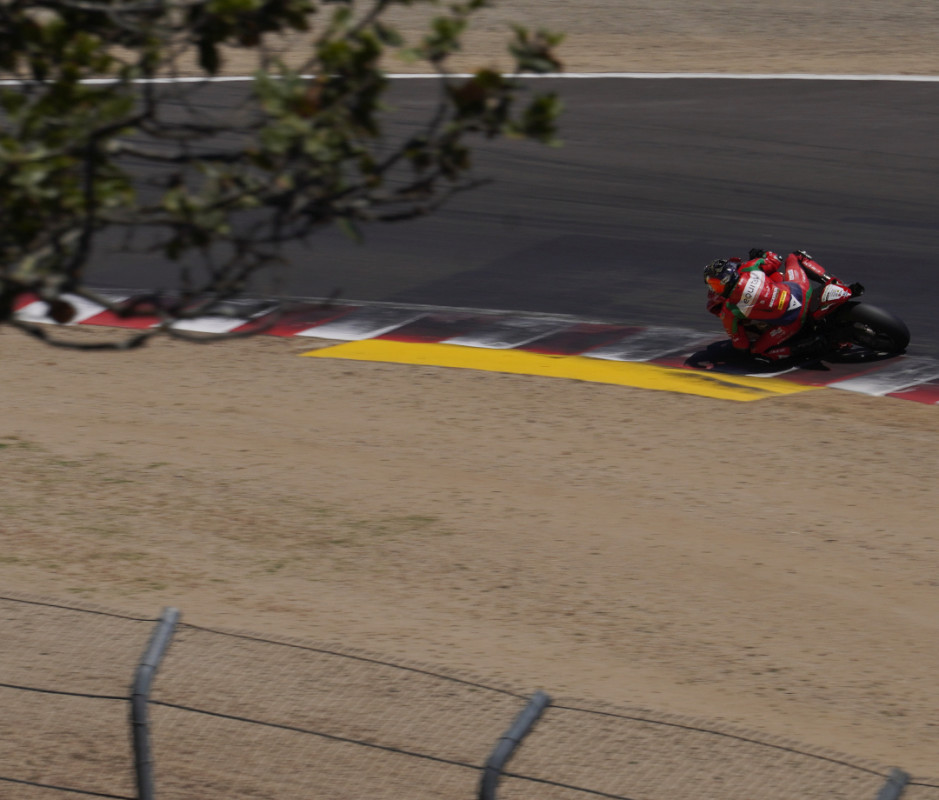Mastering Motorcycle Skills Through Track Training
Introduction: A Wake-Up Call on Two Wheels
The thrill of motorcycle riding can be heightened by powerful machines like the Ducati Streetfighter V4 SP. Such motorcycles can deliver a jolt of realization about their power, especially for new riders. A recent experience riding one led to an unexpected wheelie at dangerously high speeds, highlighting the need for skill development and safety awareness.
With a mere six months of riding experience and this being only the fourth motorcycle ridden, one quickly learns that handling such power responsibly is paramount. After the initial shock, the focus shifted to honing riding skills through targeted training and practice.
The Importance of Track Training
Track driving has proven to enhance driving skills for car enthusiasts; it’s only logical to apply that logic to motorcycle riding as well. Engaging in professional track training not only clarifies riding techniques but significantly improves safety. Regular participation in track days is now advocated for every motorcyclist seeking to elevate their riding abilities.
Getting Started: Choosing the Right Bike
Beginners need to start on bikes that suit their skill level. In the author’s case, the Ninja 400 by Kawasaki proved to be an ideal first choice, blending comfort with the right riding position. Transitioning from a bicycle, a clear distinction was made between the thrill of speed and the inherent dangers of riding on roads filled with unpredictable elements.
This led to an exploration of protective gear, which is crucial for safety. Initial purchases included leather jackets, pants, and a high-quality helmet, as well as heavy-duty boots designed to withstand impacts and enhance protection.
Minibike Experiences: Building Foundation Skills
Riding experiences extended to minibikes at a dedicated karting track, where maneuverability and control were put to the test. The Honda Grom provided an introduction to operating a bike more dynamically, while the Ohvale GP2 enabled the development of rhythm and technique, illustrating the joy and challenges of handling bikes on a track.
Advancing to Full-Sized Bikes
With a burgeoning passion for motorcycling, the transition to larger bikes seemed natural. The Ducati Monster S2R 1000 was acquired, chosen for its nostalgic value and manual engagement. While it lacked modern safety features like traction control and ABS, the focus was placed on mastering classic riding techniques.
Track Days: Gaining Experience
In collaboration with Honda, opportunities arose to borrow sportbikes for track use, a major boost to skill refinement. Each track day served as an exercise in physical and mental endurance, with new bikes introducing varying dynamics that challenged existing abilities.
The experience reshaped the approach to riding, emphasizing key fundamentals such as braking patterns, body positioning, and throttle control. Each lesson learned on the track reinforced the difference between theory and practical application in real-world riding scenarios.
Professional Training: Learning from the Best
Enrolling in a renowned training program at Laguna Seca with Jason Pridmore provided invaluable insights. The focus on refining techniques offered a fresh perspective on motorcycle dynamics, emphasizing the importance of body mechanics and mental preparation.
Notable takeaways included adjusting body positioning for better control of the bike, understanding the nuances of throttle application, and adjusting one’s riding line for optimal performance. Video analysis further highlighted individual riding flaws, ensuring that the course adjustments were actionable and relevant.
Continuous Progression: Evaluating Performance
As skills improved, the need for ongoing practice became evident. Embracing the challenge of technical details necessary for each bike led to a newfound confidence in public road riding as well. The cycle of improvement drove home the message that continuous learning is essential for both track and road riding.
The Conclusion: Necessity of Track Training
After two years of riding and multiple track day experiences, the author concluded that every aspiring motorcyclist should prioritize professional training. The skills gained on the track translate directly to safer, more controlled riding in everyday situations.
Joining a community of riders through track training not only elevates personal capability but also fosters safer riding practices on public roads. As motorcycles become more accessible to new enthusiasts, ensuring proper training becomes essential for promoting a culture of safety and responsibility in motorcycling.
Find Your Training Course
If you’re interested in improving your motorcycle skills, here are some reputable training opportunities across the United States:
- Penguin Riding School – The oldest racing school in the U.S.
- EvolveGT – Offers multiple instruction days at Virginia International Raceway.
- Jennings GP – Host year-round track days with novice schools at a northern Florida racetrack.
- Ducati Riding Experience – Learn from professional racers at top circuits.
- California Superbike School – Globally recognized for comprehensive track instruction.
